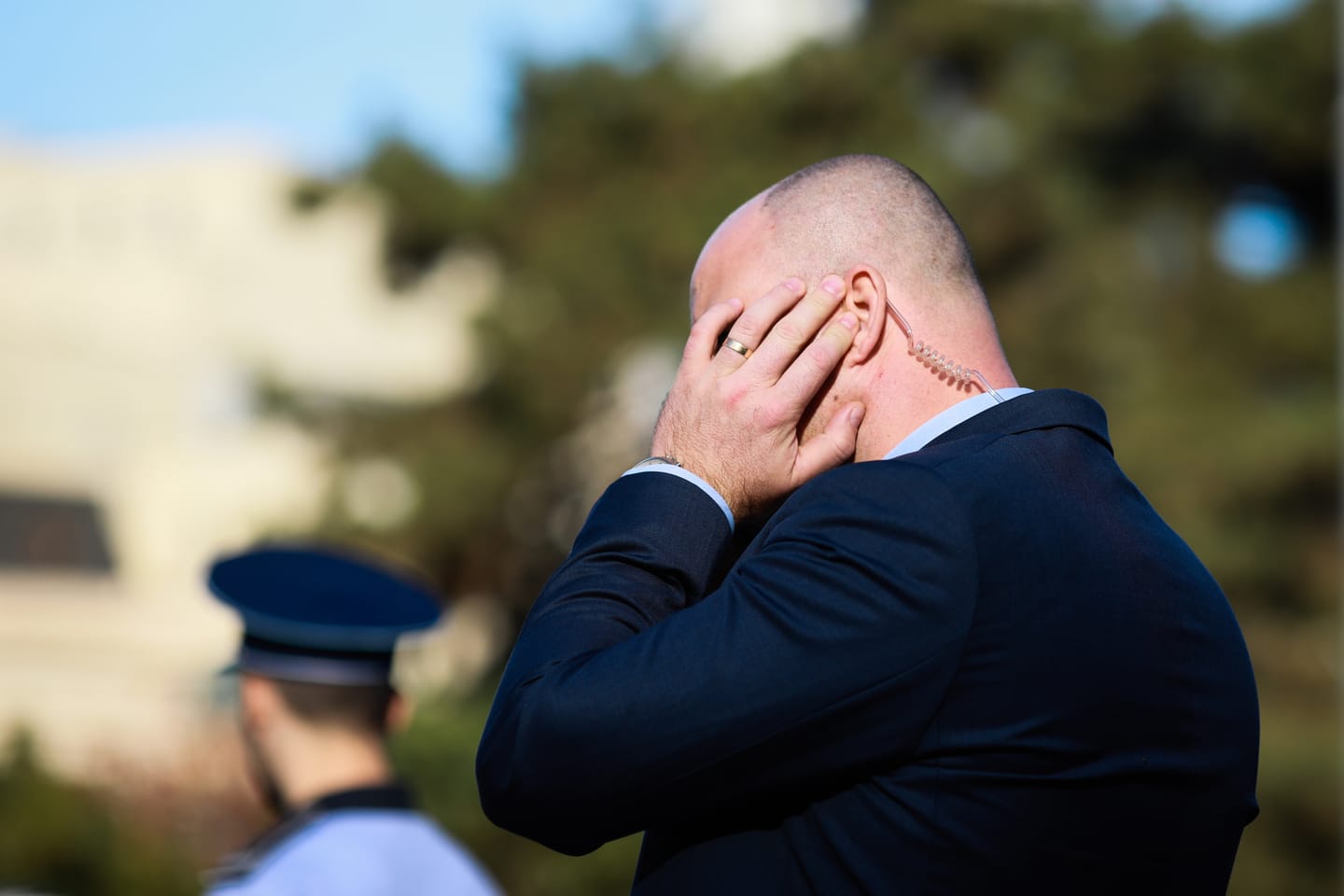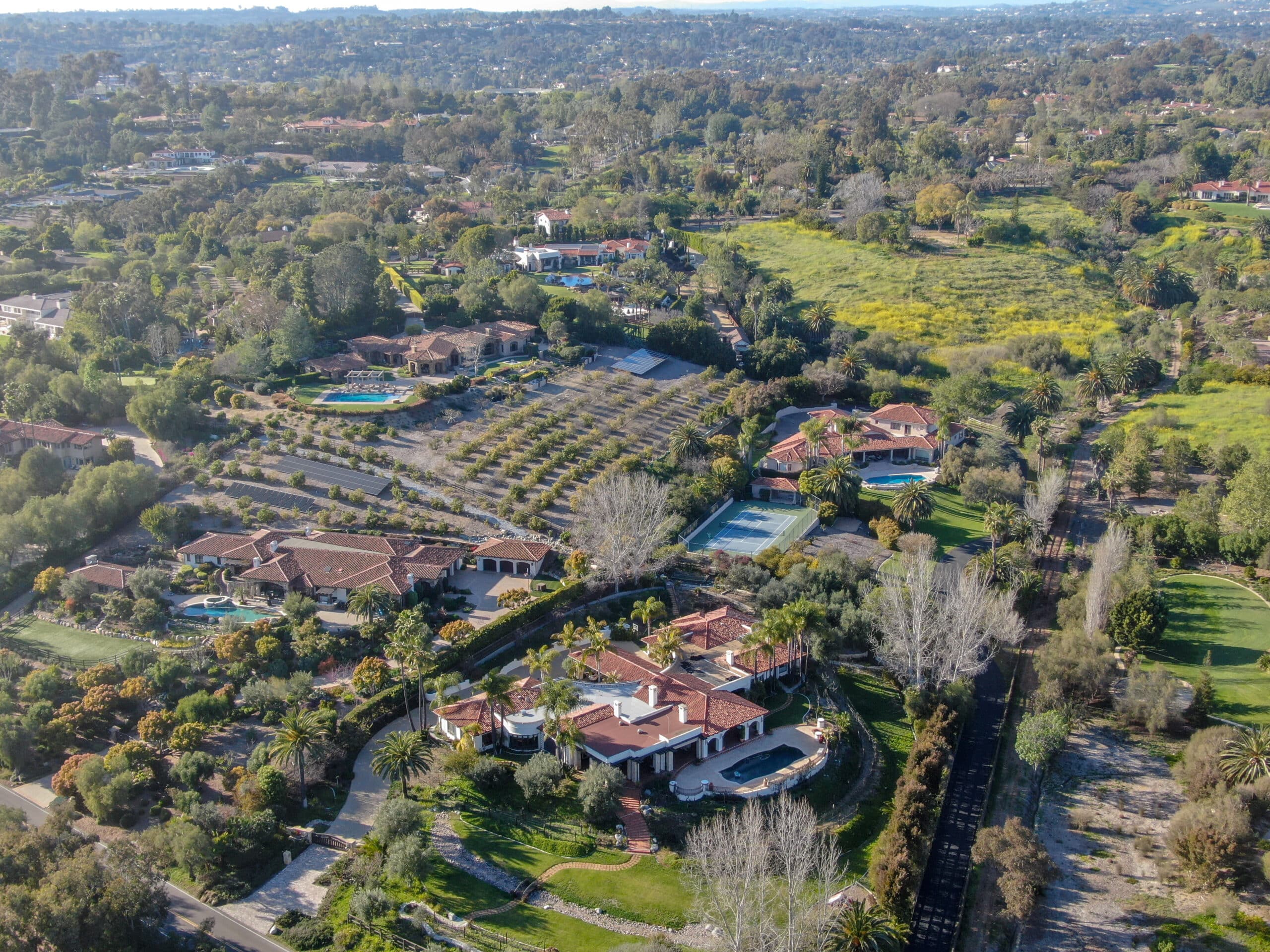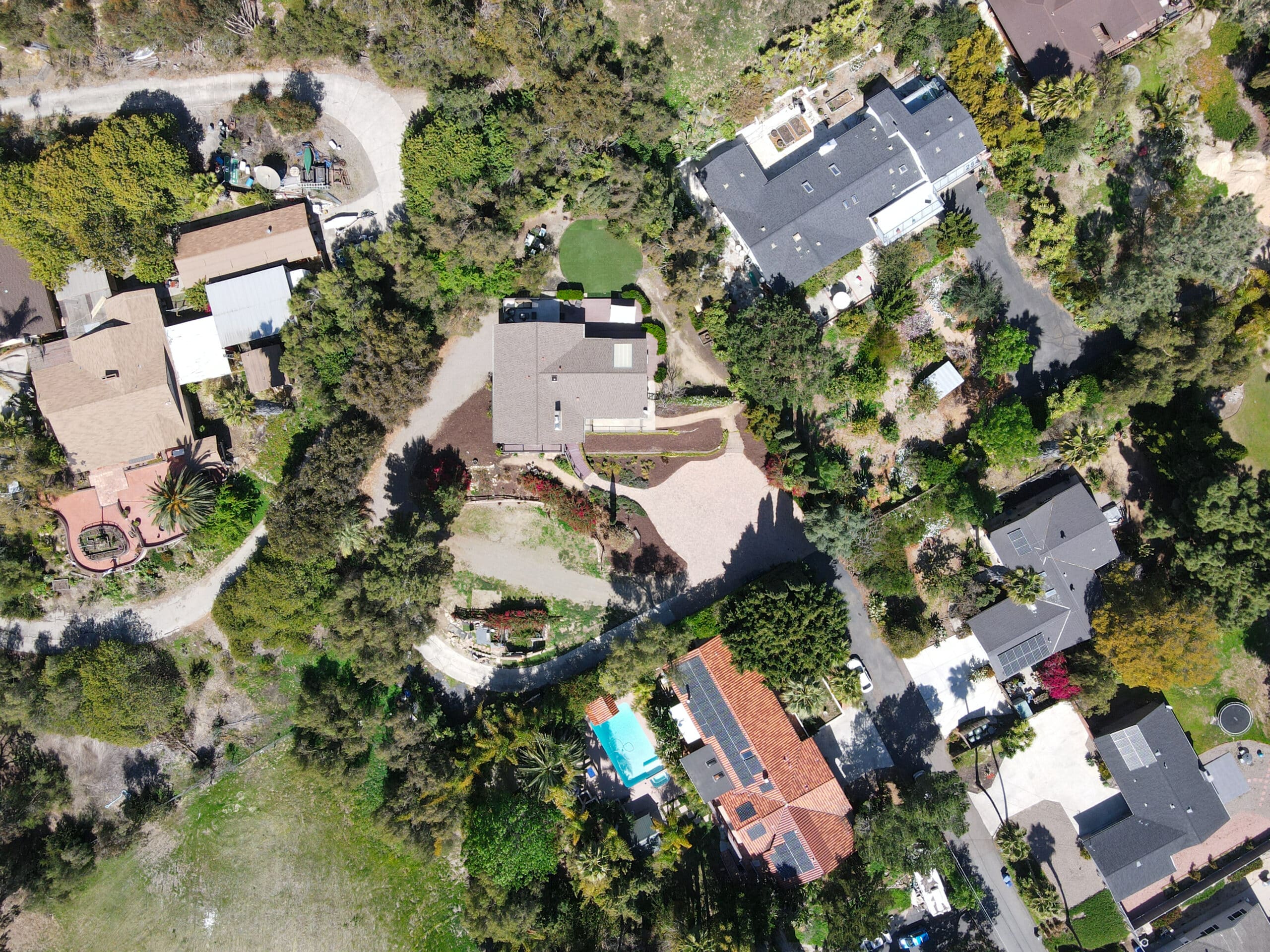Estimated reading time: 17 minutes
In the bustling heart of Nashville, executive protection teams face a unique set of challenges and opportunities. This article dives deep into various case studies that shed light on the sophisticated world of executive protection within the city’s dynamic environment. From high-profile events to the integration of cutting-edge technology, each scenario offers invaluable lessons for security professionals. Through these examples, we’ll explore how adaptability, collaboration, and strategic planning are pivotal in ensuring the safety and confidentiality of clients amidst the vibrant backdrop of Nashville.
Table of contents
- Successful High-Profile Event Protection
- Challenging Protection Details
- Confidentiality and Client Trust
- Adapting to Unexpected Situations
- Technology Integration Success Stories
- Collaboration with Law Enforcement
- Preventative Security Measures
- Learning from Security Failures
- Security in High-Density Crowds
- Evolution of Executive Protection Strategies
- Conclusion
Successful High-Profile Event Protection
Strategic Planning and Risk Assessment
For successful high-profile event protection in Nashville, strategic planning and comprehensive risk assessment form the bedrock of security operations. Security teams begin by conducting thorough venue assessments and identifying potential threats and vulnerabilities. This involves analyzing previous incidents, understanding crowd dynamics, and forecasting possible security breaches. Consequently, this proactive approach enables a robust security plan tailored to the specific nuances of the event and its location.
Coordinated Team Operations
Adequate protection at high-profile events in Nashville hinges on the seamless coordination of various security teams. This coordination encompasses communication protocols, real-time response strategies, and designated roles and responsibilities. For instance, during a major music festival, teams were deployed at strategic locations, equipped with encrypted communication devices to facilitate instant response to any security threat. This high level of coordination ensures comprehensive security coverage, allowing for swift action when needed.
Advanced Surveillance and Monitoring
Leveraging advanced surveillance and monitoring technology is crucial in safeguarding high-profile events in Nashville. Security teams employ a combination of CCTV cameras, drones, and mobile surveillance units to maintain a constant watch over the event area. These technologies enable the early detection of suspicious activities, providing a significant advantage in preempting potential threats. Moreover, integrating facial recognition software and crowd analysis tools further enhances the capability to identify and mitigate risks efficiently.
Challenging Protection Details
International Travel Security Complexities
International assignments pose unique challenges due to varying legal environments, cultural differences, and language barriers. A notable case involved the protection of a corporate executive embarking on a multi-country tour in Asia. The complexity of this detail lay not only in logistical coordination across different time zones but also in navigating diverse legal regulations concerning private security operations and the carriage of arms. Before the trip, the security team engaged in comprehensive planning, which included liaising with local security firms, understanding each country’s specific security regulations, and preparing contingency plans for emergency medical care and extraction. The success of this operation hinged on the team’s ability to adapt quickly to changing circumstances, including last-minute changes to the executive’s itinerary and dealing with unexpected protests near event venues. This case study highlights the critical importance of flexibility, local partnerships, and in-depth knowledge of international security protocols in ensuring the safety of high-profile individuals abroad.
Public Appearances in Volatile Environments
Securing public appearances in volatile environments requires meticulous planning and a deep understanding of the potential threats. A particularly challenging detail involved a technology executive scheduled to announce a new initiative in a region recently affected by civil unrest. The security team’s approach to this high-stakes event included conducting a thorough risk assessment, establishing secure perimeters, and implementing strict access controls. Additionally, they coordinated closely with local law enforcement agencies to ensure an adequate response to any potential disruptions. The team also deployed advanced surveillance equipment to monitor the crowd in real-time, enabling them to quickly identify and mitigate potential threats. Despite the high tension and the large crowd, the event proceeded without any security incidents, underscoring the effectiveness of proactive planning, collaboration with local authorities, and the strategic use of technology in managing public appearances under challenging conditions.
Protecting High-Risk Targets in Open Settings
Protecting high-risk individuals in open settings presents a distinct set of challenges, as demonstrated by a case involving a prominent political figure attending an outdoor rally in a densely populated urban area. The primary concern was the difficulty in controlling access to the site and the potential for threats from within the large crowd. The security team implemented a comprehensive strategy that included undercover operatives mingled with the crowd, aerial surveillance to monitor the rally’s perimeter, and rapid response units positioned at strategic points. They also employed advanced threat detection systems to screen for weapons and explosives. This operation showcased the importance of leveraging technology and human intelligence to create a multi-layered security approach. The event concluded successfully, with no security breaches, illustrating how innovative solutions and strategic planning can effectively mitigate risks in open and uncontrollable environments.
Confidentiality and Client Trust
Building Trust Through Discretion
Confidentiality is the cornerstone of client trust in executive protection. A case study that exemplifies this principle involved a high-profile executive facing personal threats. The security team’s approach was two-fold: ensuring physical safety and safeguarding personal information. This required a stringent adherence to non-disclosure agreements (NDAs) by all team members and encrypted communication channels for all operations. The team also conducted all planning and briefings in secure locations, minimizing the risk of information leakage. This approach protected the client from physical harm. It reinforced their confidence in the team’s commitment to privacy, demonstrating how discretion and strict confidentiality protocols are essential in building and maintaining trust with high-profile clients.
Handling Sensitive Information
In the realm of executive protection, the handling of sensitive information is a critical aspect that directly impacts client trust. A noteworthy instance involved a corporate leader embroiled in a contentious legal battle. The security detail was privy to susceptible information that could influence the outcome of the legal proceedings. The team implemented robust data security measures, including using secure, encrypted devices for communication and storing information and regular security audits to ensure all protocols were rigorously followed. The meticulous management of sensitive information underscored the security team’s professionalism and reliability, strengthening the client’s trust in their capacity to protect their physical well-being, reputation, and privacy.
Crisis Management and Confidentiality
Crises test the integrity of confidentiality and the strength of client trust in executive protection services. An illustrative case involved an executive caught in a high-risk situation while traveling abroad. The security team’s response was swift and efficient, coordinating a safe extraction without attracting media attention or public scrutiny. Throughout the crisis, the team maintained a strict information blackout, only communicating through secure lines with relevant parties and ensuring that details of the incident and the client’s identity remained confidential. This operation highlighted how effective crisis management and unwavering commitment to confidentiality are vital in preserving client trust and the integrity of executive protection services.
Adapting to Unexpected Situations
Sudden Venue Changes
In the high-stakes world of executive protection, swiftly adapting to sudden changes is paramount. A compelling example of this involved a high-profile business conference that was unexpectedly relocated due to security threats. Initially planned for a well-secured convention center, the event was moved to a less fortified hotel with significantly different security challenges. The protection team had to act quickly, conducting an impromptu but thorough assessment of the new venue, including entry and exit points, crowd control capabilities, and emergency evacuation routes. They also had to renegotiate terms with local law enforcement for additional support, all within a tight timeframe. This situation underscored the importance of having flexible, rapidly deployable plans and the ability to think on one’s feet. The conference proceeded without incident, thanks to the team’s adept handling of the unexpected venue change, showcasing their proficiency in crisis management and operational flexibility.
Unplanned Public Interactions
When dealing with high-profile individuals, unplanned interactions with the public can pose significant security risks. One incident involved a CEO being unexpectedly confronted by protestors during a routine public appearance. The security detail had to quickly form a human barrier around the client while calmly navigating the crowd to avoid escalation. This situation required physical protection skills, high situational awareness, and communication abilities. The team’s training in non-confrontational tactics and crowd psychology proved invaluable, allowing them to defuse a potentially volatile situation without force. The ability to adapt to the unpredictability of public interactions, maintaining the client’s safety while avoiding negative publicity, is a testament to the nuanced approach required in executive protection.
Technological Failures
In an era where security measures increasingly rely on technology, failures can present significant challenges. A case in point involved a security team overseeing the protection of a high-ranking executive during an overseas visit. Midway through the trip, their sophisticated communications network experienced a complete outage, leaving the team unable to coordinate movements securely. To mitigate this, they reverted to pre-established, non-digital fallback procedures, including couriers for sensitive information and pre-arranged physical rendezvous points. This incident highlights the critical need for backup plans that do not rely solely on technology. The security detail’s ability to maintain operational integrity despite technological failures demonstrated their versatility and foresight in planning for every contingency, ensuring the executive’s protection was never compromised.
Technology Integration Success Stories
Advanced Surveillance Systems
Integrating advanced surveillance systems has revolutionized executive protection strategies, providing unprecedented security and situational awareness. A standout success story involves a high-risk executive attending public events across multiple cities. To ensure comprehensive security, the protection team implemented a state-of-the-art surveillance system that included drone surveillance, facial recognition technology, and real-time threat analysis software. These technologies allowed the team to monitor vast areas around event venues, identify potential threats before approaching the protected individual, and dynamically adapt their security measures based on real-time data. This approach enhanced the executive’s safety and minimized disruptions to the events, demonstrating the potent combination of human expertise and advanced technology in executive protection.
Secure Communication Networks
In the field of executive protection, secure and reliable communication is critical. A notable example of technological success in this area involved developing and deploying an encrypted communication network for a multinational corporation’s executive team. This network utilized military-grade encryption and was designed to function across various platforms, ensuring seamless and secure communication even in environments prone to surveillance or interference. Implementing this system significantly reduced the risk of sensitive information being intercepted during critical negotiations and strategic meetings. It exemplifies how investing in secure technology can protect executives’ physical safety and their communications’ confidentiality.
Biometric Access Controls
Biometric access controls represent a significant leap forward in ensuring the physical security of executives in their workplaces and residences. A case that underscores the effectiveness of this technology involved a high-profile CEO whose residence was equipped with advanced biometric security measures, including fingerprint scanners, retina scans, and facial recognition technology. These systems were integrated into a comprehensive security protocol controlling access to various residence sections, ensuring that only authorized individuals could enter sensitive areas. This integration of biometric technology provided a highly secure yet unobtrusive security solution, allowing the CEO to go about their daily life with minimal inconvenience while ensuring an exceptionally high level of security. This case highlights the critical role of cutting-edge technology in creating secure environments for high-risk individuals.
Collaboration with Law Enforcement
Joint Operation Successes
Collaboration between executive protection teams and law enforcement agencies can lead to highly successful security operations, especially during large-scale events or high-threat environments. A prime example is coordinating a high-profile international summit in a metropolitan area known for its security challenges. The protection team worked closely with local, state, and federal law enforcement agencies to develop a comprehensive security plan. This plan included shared intelligence, joint surveillance operations, and coordinated response strategies for potential threats. The success of the summit, marked by the absence of security incidents, underscored the importance of collaborative efforts and the seamless integration of private and public security resources. This approach ensured the dignitaries’ safety and enhanced the event’s overall security for all participants.
Real-Time Information Sharing
The effectiveness of executive protection often hinges on the timely exchange of critical information. In one notable instance, a protection team for a visiting dignitary was able to thwart a potential threat thanks to real-time information sharing with local law enforcement. Upon receiving intelligence about a possible disruption planned at a public appearance, the team adjusted their route and increased vigilance while law enforcement personnel discreetly neutralized the threat. This incident demonstrated the value of establishing robust communication channels between private security teams and law enforcement, allowing for the swift exchange of actionable intelligence and enabling proactive threat management.
Training and Preparedness Exercises
Joint training exercises between executive protection teams and law enforcement units are vital for preparing for emergencies. An illustrative case involved a specialized training program to simulate various threat scenarios, ranging from active shooter incidents to medical emergencies. These exercises, conducted in collaboration with local police and emergency response teams, allowed both parties to refine their operational tactics and improve their coordination. The exercises also facilitated a mutual understanding of capabilities and resources, leading to more effective joint responses in actual incidents. The commitment to ongoing training and preparedness highlights the critical role of collaboration in enhancing the security and safety of protected individuals and the public.
Preventative Security Measures
Threat Assessment and Risk Analysis
The cornerstone of adequate executive protection is identifying and mitigating potential threats before they materialize. A pivotal example of this principle involved a comprehensive threat assessment for a high-profile business leader ahead of an international tour. The security team conducted an in-depth risk analysis, evaluating everything from geopolitical tensions in the regions being visited to specific threats against the executive. This proactive approach enabled the team to implement tailored security measures, such as adjusting travel routes, enhancing surveillance at event locations, and coordinating with local security forces in advance. The successful completion of the tour, free from security incidents, highlighted the critical importance of thorough threat assessments and risk analysis in preemptive security planning.
Cybersecurity Protocols
In today’s digital age, executive protection must extend beyond physical safety to encompass cybersecurity. An illustrative success story in this domain involved the implementation of advanced cybersecurity protocols for a CEO frequently targeted by cyber threats. The security team deployed a suite of measures, including secure, encrypted communication systems, regular security audits, and cybersecurity awareness training for the executive and their staff. By prioritizing cybersecurity, the team protected sensitive corporate information and safeguarded the executive’s data, demonstrating the integral role of cybersecurity in comprehensive executive protection strategies.
Environmental Design and Secure Infrastructure
Preventative security measures are significantly enhanced by incorporating environmental design and secure infrastructure into planning spaces frequented by high-risk individuals. A notable case involved the redesign of a corporate headquarters to integrate advanced security features seamlessly. This included strategically placing physical barriers, using non-intrusive security checkpoints, and installing state-of-the-art surveillance systems. These design elements were complemented by emergency response protocols and evacuation plans, ensuring that the environment contributed to the safety and security of the executives and staff. This approach exemplifies how environmental design and secure infrastructure are vital in deterring potential threats and enhancing overall security posture.
Learning from Security Failures
Analysis of Breach Incidents
Learning from past security failures is crucial for continuously improving executive protection strategies. An analysis of a significant security breach incident where an intruder bypassed multiple layers of security at a corporate event provides insightful lessons. The post-incident review revealed gaps in surveillance coverage and communication breakdowns among the security team. This led to implementing enhanced surveillance technologies, rigorous training programs focusing on situational awareness and communication, and establishing more robust access control protocols. The incident, while regrettable, catalyzed significant security enhancements, demonstrating the value of critical analysis and the willingness to adapt and strengthen security measures in response to failures.
Insider Threat Mitigation
One of the most challenging aspects of executive protection is the insider threat, as evidenced by a case where a trusted insider was found to be leaking sensitive information. This security failure prompted a comprehensive review of insider threat mitigation strategies, leading to more stringent vetting processes, the implementation of continuous monitoring systems, and the fostering of a security-conscious culture within the organization. Training sessions on recognizing and reporting suspicious behavior were introduced for all staff members. These measures addressed the immediate issue and enhanced the overall security posture by raising awareness of the potential for insider threats and the importance of vigilance.
Emergency Response Improvements
An emergency that was not contained as efficiently as possible can offer critical insights for future preparedness. In one instance, the delayed response to a medical emergency during an executive’s overseas visit highlighted deficiencies in the existing emergency protocols. This incident led to a comprehensive overhaul of emergency response plans, including establishing more robust partnerships with local medical facilities, integrating medical professionals into the executive protection team, and providing advanced medical training for all team members. These improvements ensured faster and more effective responses to medical emergencies and underscored the importance of preparedness and adaptability in all aspects of executive protection.
Security in High-Density Crowds
Crowd Control Techniques
Effective crowd control is a critical security component in high-density environments, particularly during events attended by VIPs or high-profile executives. A case study worth examining involves a large-scale public event where a notable figure was a keynote speaker. The security team implemented advanced crowd control techniques, including strategically placing barriers to guide people’s flow and prevent overcrowding near the stage. They also employed undercover security personnel and crowd spotters to identify and mitigate potential threats within the crowd. Additionally, the team used real-time surveillance cameras to monitor crowd movements and density, enabling them to respond swiftly to any signs of disturbance. This multi-faceted approach to crowd control ensured the safety of the individual while maintaining a positive experience for attendees, illustrating the effectiveness of combining physical barriers, personnel deployment, and technology in managing high-density crowds.
Advanced Surveillance and Monitoring
In managing security in high-density crowds, deploying advanced surveillance and monitoring systems is pivotal. An illustrative example involved a high-profile outdoor concert where a dignitary was among the attendees. The security team utilized drone technology to provide aerial surveillance, offering a comprehensive view of the venue and its surroundings. They also implemented facial recognition software to scan the crowd for known threats alongside AI-powered behavior analysis tools to detect unusual patterns or potential disruptions. These technologies allowed for a proactive security posture, enabling the team to identify and address potential risks before they could escalate quickly. This case underscores the value of integrating cutting-edge surveillance technology with traditional security measures to enhance safety in crowded settings.
Communication and Coordination with Event Organizers
Effective communication and coordination with event organizers must be considered in ensuring the security of high-density crowds. A notable instance was during a major international sporting event, which required meticulous planning and coordination between the executive protection team and the event’s security staff. The teams worked together to establish clear communication channels, coordinated emergency response plans, and conducted joint security briefings. This collaboration ensured that both teams were aligned on protocols for crowd management, access control, and emergency evacuation procedures. The event proceeded without any security incidents, highlighting how seamless integration and cooperation between all parties involved in event planning and execution are essential for maintaining a secure environment in high-density crowd situations.
Evolution of Executive Protection Strategies
From Reactive to Proactive Measures
The evolution of executive protection strategies over recent years has been marked by a significant shift from reactive to proactive measures. This transformation is exemplified by integrating comprehensive risk assessments and intelligence analysis into the planning stages of executive protection. Previously, the focus was often on responding to incidents as they occurred. However, today’s approach emphasizes preventing incidents before they happen through meticulous planning and the anticipation of potential threats. For example, security teams now routinely monitor social media and employ predictive analytics to assess threats, enabling them to identify and mitigate risks before they materialize. This proactive methodology not only enhances the safety of the protected individuals but also minimizes the likelihood of disruptions, showcasing the benefits of strategic foresight in executive protection.
Emphasis on Cybersecurity
Another significant development in executive protection has been the growing emphasis on cybersecurity. With the rise of digital threats, protecting an executive’s physical well-being is no longer sufficient; their digital footprint must also be secured. This has led to incorporating cybersecurity measures as a core component of executive protection plans. Security teams are now equipped with tools to safeguard sensitive information, monitor for cyber threats, and respond to incidents in real time. Training programs for executives and their staff on cybersecurity best practices have become commonplace, highlighting the holistic approach to security that now encompasses both the physical and digital realms.
Integration of Advanced Technology
Integrating advanced technology has fundamentally changed how executive protection services are delivered. Cutting-edge innovations, such as artificial intelligence (AI), biometrics, and uncrewed aerial vehicles (UAVs), have provided new tools for enhancing security. AI-powered analytics can now predict potential security breaches by analyzing vast amounts of data, while biometric systems offer a highly secure method for access control. Drones provide aerial surveillance, offering perspectives that were previously unattainable. These technological advancements have allowed executive protection teams to operate more efficiently and effectively, offering unparalleled levels of security. This ongoing technology integration demonstrates the industry’s commitment to adopting innovative solutions to meet the evolving challenges of executive protection.
Conclusion
In conclusion, executive protection has evolved significantly, driven by the need to adapt to emerging threats and leverage technological advancements. From the shift towards proactive risk management and the emphasis on cybersecurity to integrating cutting-edge technology, these strategies reflect a comprehensive approach to safeguarding high-profile individuals. The case studies and examples discussed across various aspects of executive protection—from managing high-density crowds to collaborating with law enforcement and adapting to unexpected situations to learning from security failures—highlight this field’s complexity and dynamic nature.
As we look to the future, it’s clear that the evolution of executive protection strategies will continue, guided by the lessons learned from past experiences and the innovative use of technology. The commitment to continuous improvement and adaptation is paramount in ensuring the safety and security of those under protection in an ever-changing global landscape. The success stories and challenges encountered serve as a testament to the dedication and expertise of security professionals worldwide, underscoring the importance of vigilance, preparedness, and collaboration in achieving excellence in executive protection.












